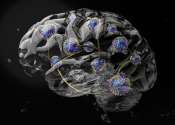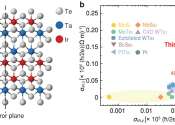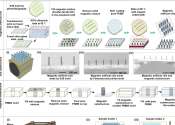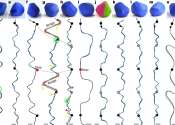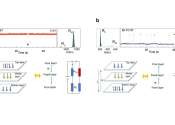Study finds AI recognizes faces but not like the human brain
Face recognition technology emulates human performance and can even exceed it. And it is becoming increasingly more common for it to be used with cameras for real-time recognition, such as to unlock a smartphone or laptop, ...
Nov 13, 2023
0
53

